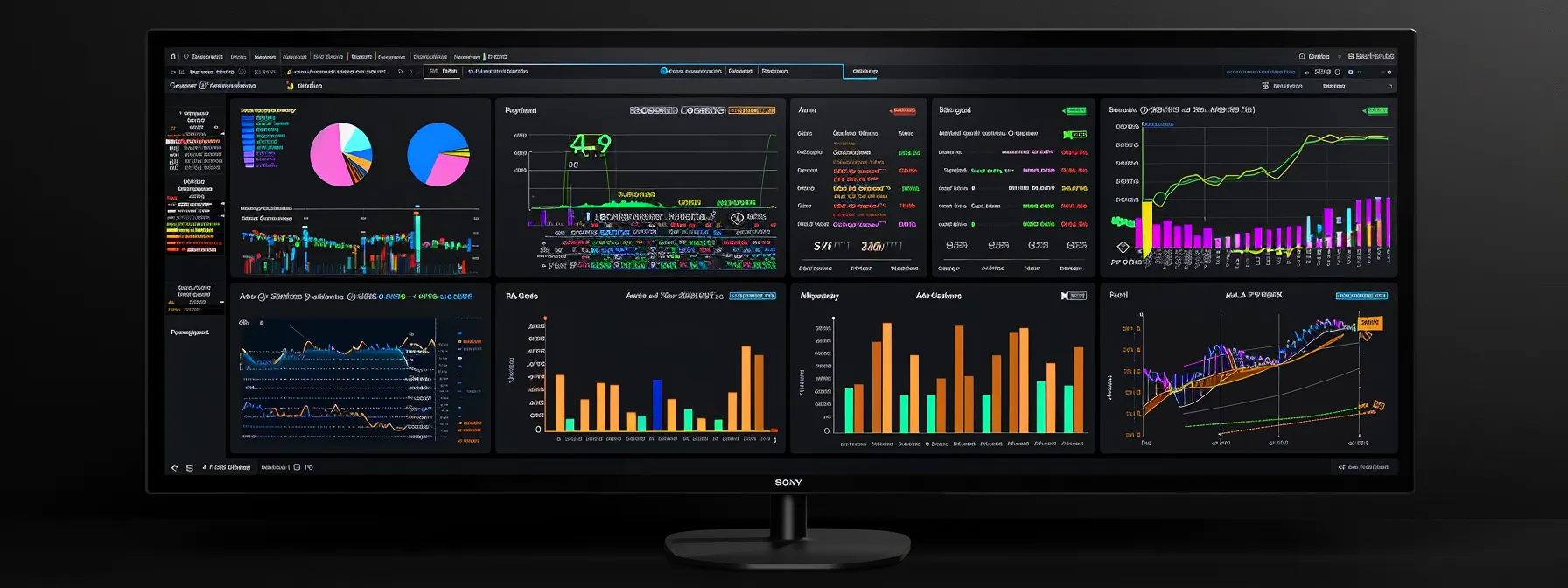Key Features To Look for in a Tech Expense Management Tool
Managing technology expenses in today’s fast-paced business world requires precision, ease of use, and reliability. With the constant addition of new software subscriptions, hardware purchases, and maintenance costs, it becomes increasingly important to have a tool that can handle all aspects of tech expense management. A robust tech expense management tool can transform the way a company tracks and controls its IT spend. To ensure you choose the best software for your needs, there are several key features to consider. Keep reading to learn about the essential functions and services that will help streamline your technological expense monitoring.
Essential Features of a Tech Expense Management Tool

Alt text: A monitor displaying a dashboard with various data metrics for a tech expense management tool.
A strong tech expense management tool gives companies a clear, organized view of all technology-related spending—from software licenses to hardware costs. It tracks and categorizes expenses accurately, helping teams understand where budgets go and stay on top of IT allocations. Automation also plays a big role, cutting down on manual work and reducing errors with streamlined workflows and custom reporting features.
In addition to tracking current costs, these tools support smart budget forecasting by using historical data to predict future expenses. This helps businesses plan ahead and make adjustments proactively. Security is also critical, with features like encryption, access controls, and regular updates ensuring sensitive financial data stays protected.
Integration Capabilities with Existing Systems
A tech expense management tool should seamlessly integrate with existing systems, including accounting software and HR systems, to ensure financial data flows without manual transfers. This avoids inconsistencies and saves time. The tool should also cover various payment methods and providers, including different currencies and tax systems, for global compliance. Customization is crucial for organizations, as flexible API capabilities can adapt to different business models and evolve with changing needs.
This makes the tool a long-term solution rather than a temporary fix. It also reduces the burden of training staff on multiple systems. The integration process should be supported by comprehensive documentation and assistance from the software provider, demonstrating a commitment to user success and strong post-purchase support.
Real-time Expense Monitoring and Reporting
Real-time expense monitoring provides businesses with immediate visibility into their tech spend, enabling financial teams to track and manage expenses as they occur. This data is crucial for maintaining accurate budgets and preventing overspend. Real-time reporting facilitates informed decision-making, allowing stakeholders to understand the financial landscape at any moment.
Real-time analytics provide predictive insights, forecasting spend patterns and identifying cost-saving areas. They can also detect unusual spending activity, triggering alerts to prevent fraud or misuse of company resources. The integration of real-time monitoring with mobile accessibility is particularly beneficial for on-the-go managers, ensuring flexibility and immediate response in the modern workplace.
Compliance and Policy Enforcement Mechanisms

Alt text: A computer monitor on a desk accompanied by a keyboard and mouse, illustrating compliance and policy enforcement mechanisms.
Tech expense management tools are essential for ensuring adherence to company policies and regulations. They can automatically flag expenses that violate predefined rules, enforcing spending policies. These tools should be flexible enough to adapt to various compliance requirements, such as tax implications or industry-specific regulations.
They should also facilitate audit processes by maintaining a clear trail of transactions and approvals, creating accountability and transparency. Quality software should include feature updates to keep up with the latest compliance standards, protecting the company from potential legal and financial repercussions. This proactive approach to compliance is crucial for maintaining the integrity of an organization’s financial dealings.
User Experience and Support Services in Tech Expense Management Tools
User experience is crucial for the success of a tech expense management tool. A user-friendly interface and clean design are essential for engaging users across various departments and technical skill levels. Vendors should provide training and educational resources, such as tutorials, webinars, and user guides, to ensure users feel comfortable and proficient with the tool.
Support services should be ongoing, including customer service availability, technical assistance, and regular updates to ensure smooth and secure software usage. Feedback mechanisms that allow users to share experiences and suggest improvements can significantly enhance the tool’s quality. Integrating user suggestions demonstrates a commitment to continuous improvement and customer satisfaction, making a great tool a great one.
Altogether, the most suitable tech expense management tool is one that encompasses a mix of robust features, integration ease, real-time capabilities, strong compliance support, and an excellent user experience. Such a tool can vastly improve efficiency and cost-effectiveness in managing technology expenses. By prioritizing these essential aspects, businesses can make a calculated investment that pays dividends in streamlined processes and enhanced financial management.





